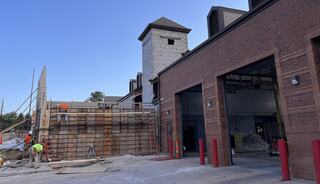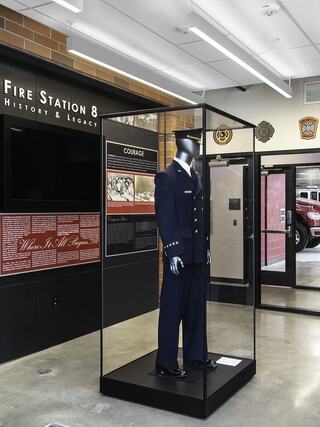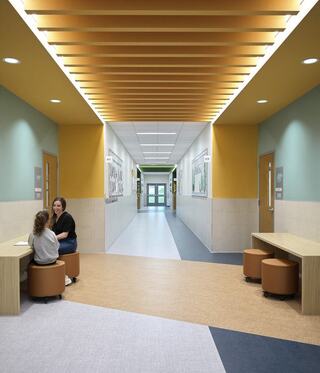
Mahmoud Hassan and Woodbury University Team Win Architecture Award for Innovative Solar Futures House
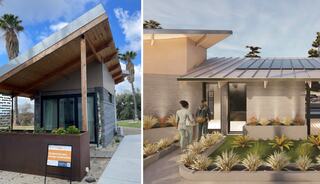
The Solar Futures House, designed by students at Woodbury University, is the first officially permitted 3D-printed house in Los Angeles (on the university's campus). Mahmoud Hassan, AIA, a member of FGMA's growing team in the Texas region, contributed to Woodbury's project starting in his third year at university and building it in his fifth year, this past spring. The project recently received AIA Los Angeles' 2025 Residential Architecture Merit Award in the Climate Positive category.
"We were the first in the school’s history to join the competition,” said Mahmoud, now a designer with FGMA. “We had no idea that would win; we just joined because sustainability was something we were all passionate about."
The Solar Futures House that Mahmoud and his peers designed is a step towards the future of sustainability in the architecture industry.
“Ambitious and visionary—pushes the boundaries of sustainable design through innovation,” and “Feels like a prototype for a new generation of climate-adaptive housing” are just some of the jury notes that describe the Solar Futures House. Jurors also called it “a compelling architectural laboratory with real-world potential.”
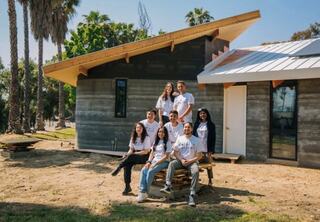
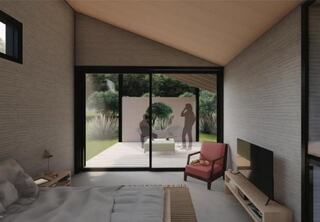
“We had to do a lot of tests on how we can reduce the carbon that comes from the concrete,” said Mahmoud. “So, we mixed it with fly ash, which is a carbon byproduct from burning coal that improves durability in concrete. It made the concrete eco-efficient, which was the priority for this project.”
Mahmoud helped lead this project, although the entirety of the team had different assignments within the project based on their specialties and interests.
He was mainly focused on sustainable material research, roof design and running simulations in Sefaira—a green building design software—to achieve a net zero energy output.
Shortly after Mahmoud graduated from Woodbury University, he joined the FGMA team in Fort Worth to advance his design work and continue his sustainability practices.
Mahmoud has continued his sustainability efforts through his role at FGMA, with an aim to embed resilience and sustainability elements into design projects.
“I have learned a lot about sustainability from FGMA and applied my knowledge from the Solar Futures House project to my work,” said Mahmoud.
He has worked on multiple projects, like Austin Independent School District’s Langford Elementary School and Andrews Elementary School, using the AI-driven platform Cove.Tool to optimize building performance by focusing on energy modeling, carbon analysis and sustainability.
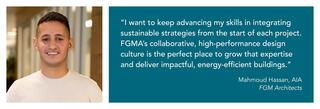
Learn more about the award-winning AIA project shaping the future of architecture:
L.A.'s first legal 3-D-printed house is here. It was built by students in just 15 months
News & Insights
All Articles
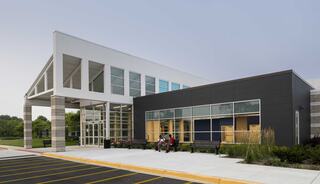
Winning the Vote: How to Run a Successful Recreation Facilities Referendum
